THE VOICE FOR THE ENERGY CONSUMER
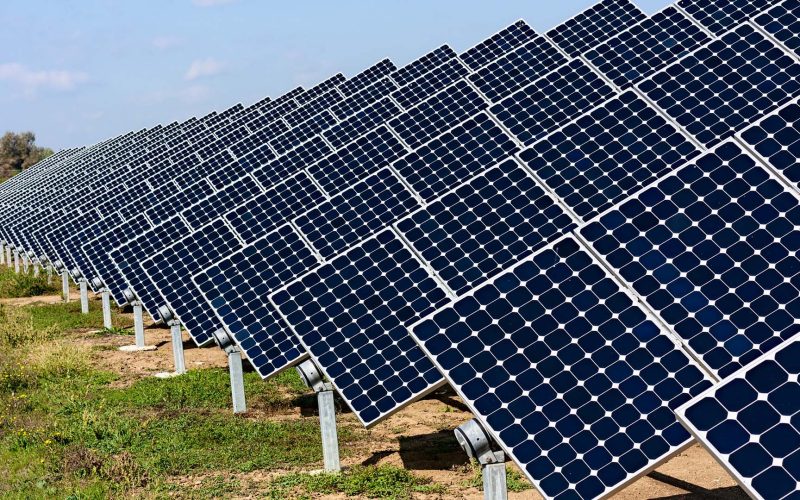
The Trump administration gives approval for the United States’ largest solar farm in Nevada. In the wake of adamant support for renewable energy from more American voters than ever before,.
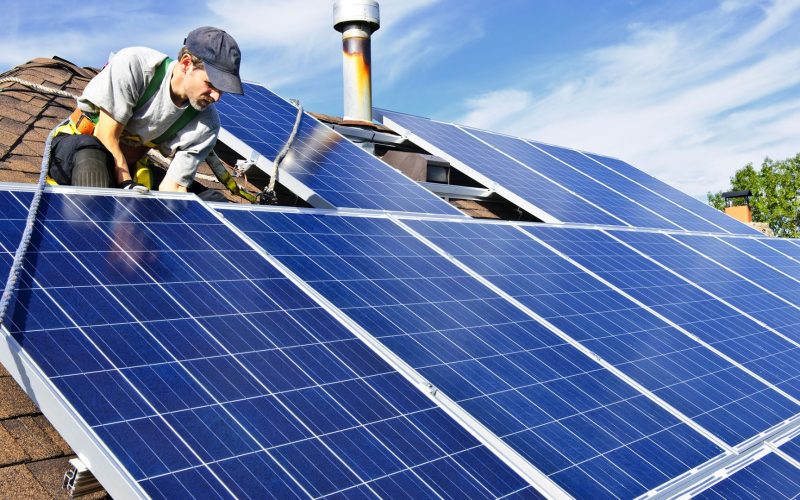
Louisville, KY – Consumer Energy Alliance (CEA), the leading consumer energy advocate, released the following statement after the final passage of Senate Bill 100 (SB 100), which would direct the.

CEA’s Brydon Ross commented on the importance of the recently introduced bill in the Kentucky Senate designed to support the expansion of solar energy without shifting costs on those unable.
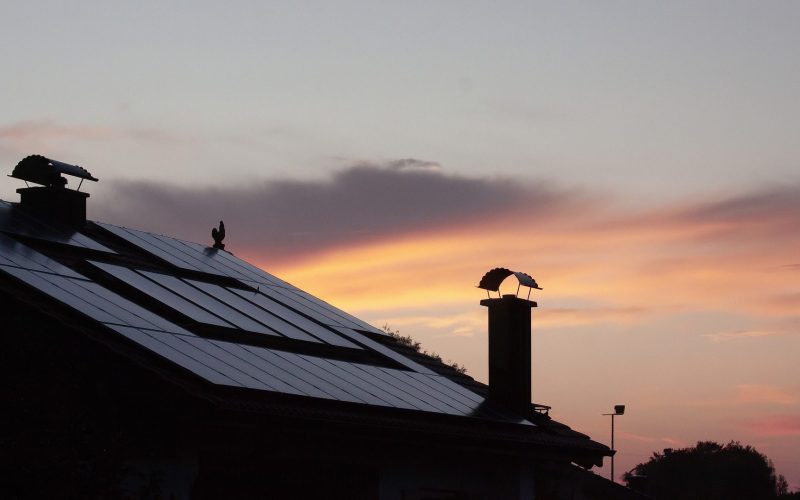
Louisville, KY – Consumer Energy Alliance (CEA), the leading consumer energy advocate, released the following statement after the introduction of Senate Bill 100, which, similar to past legislation, would put.

The Sunshine State, as its name suggests, sees over 120 sunny days a year. Florida’s ideal weather allows the 116 million visitors to enjoy the pristine beaches and world-renowned amusement.

CEA President David Holt previews the energy discussions and challenges that lie ahead in 2019, and what energy consumers – from families and small businesses to manufacturers – can expect..

Kevin Doyle, CEA-Florida Executive Director looks at how Floridians are benefiting from access to solar energy and how new policies can make solar more affordable, but also more available to.
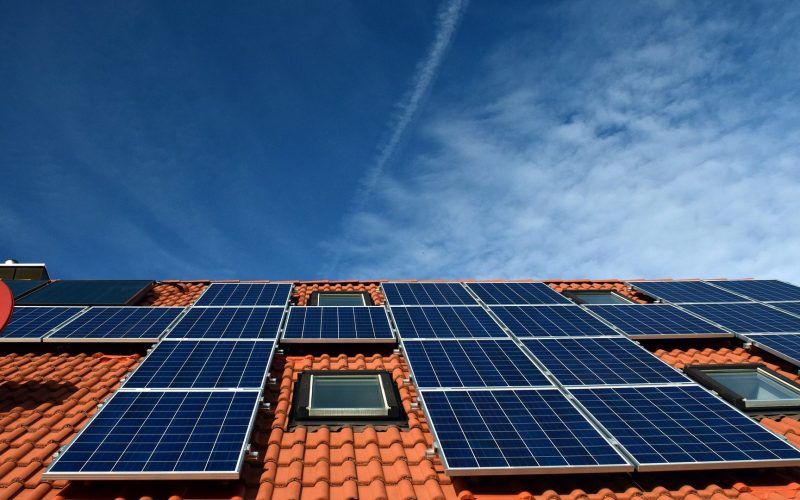
CEA’s Brydon Ross examines Arizona’s solar energy incentives and how solar can be more accessible. Solar power has become a force partly because the prices for installation nationally have declined.

The Grand Canyon State, as its name suggests, is home to some of the most well-known American landmarks in the southwest – from the saguaros speckled landscape in Phoenix to.
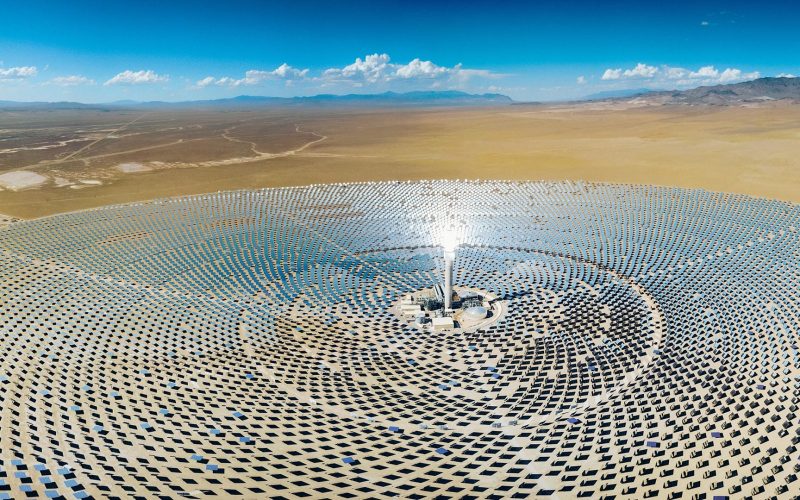
When we think of deserts around the world, we tend to think of extreme temperatures. Scorching hot temperatures during the day and freezing cold drops at night, but usually relatively.